Appetizers
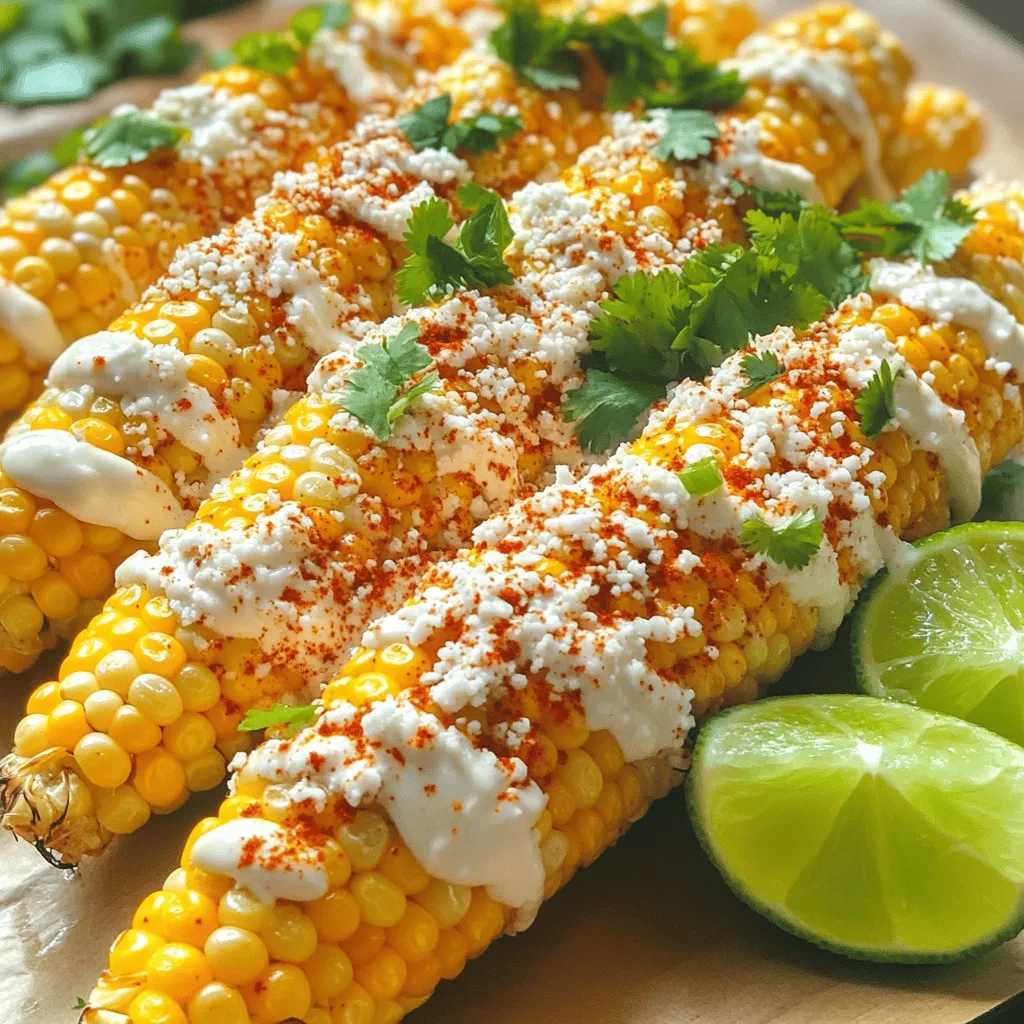
Easy Mexican Street Corn Flavorful Grilled Delight
If you crave a bold, delicious side dish, Easy Mexican Street Corn is for you! This grilled delight is a summer favorite. With simple ingredients
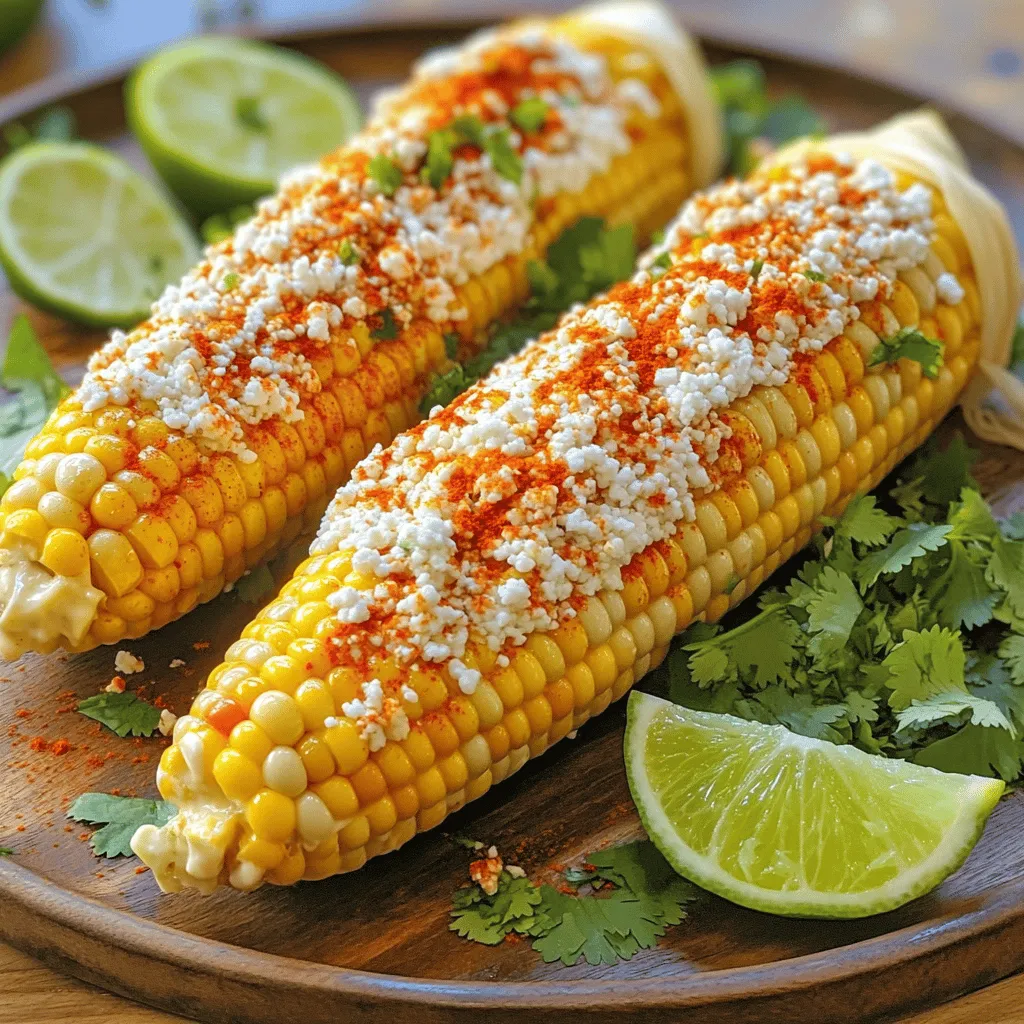
Mexican Street Corn on the Cob Savory Flavor Boost
Are you ready to elevate your summer barbecues? Mexican Street Corn on the Cob, known as Elote, offers a burst of savory flavor that will
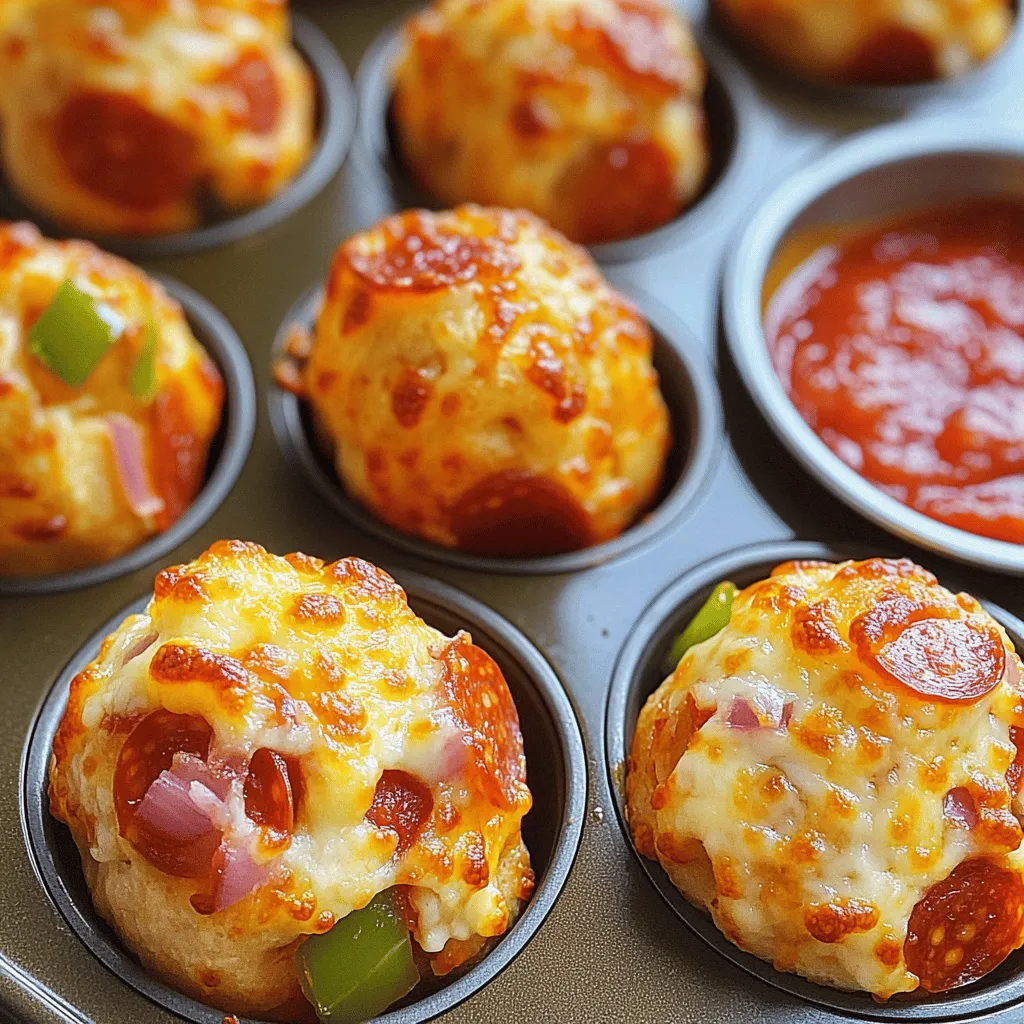
Muffin Tin Pizza Bombs Tasty and Fun Finger Food
Looking for a fun snack that’s easy to make? Try Muffin Tin Pizza Bombs! These cheesy, tasty bites are perfect for parties or family game
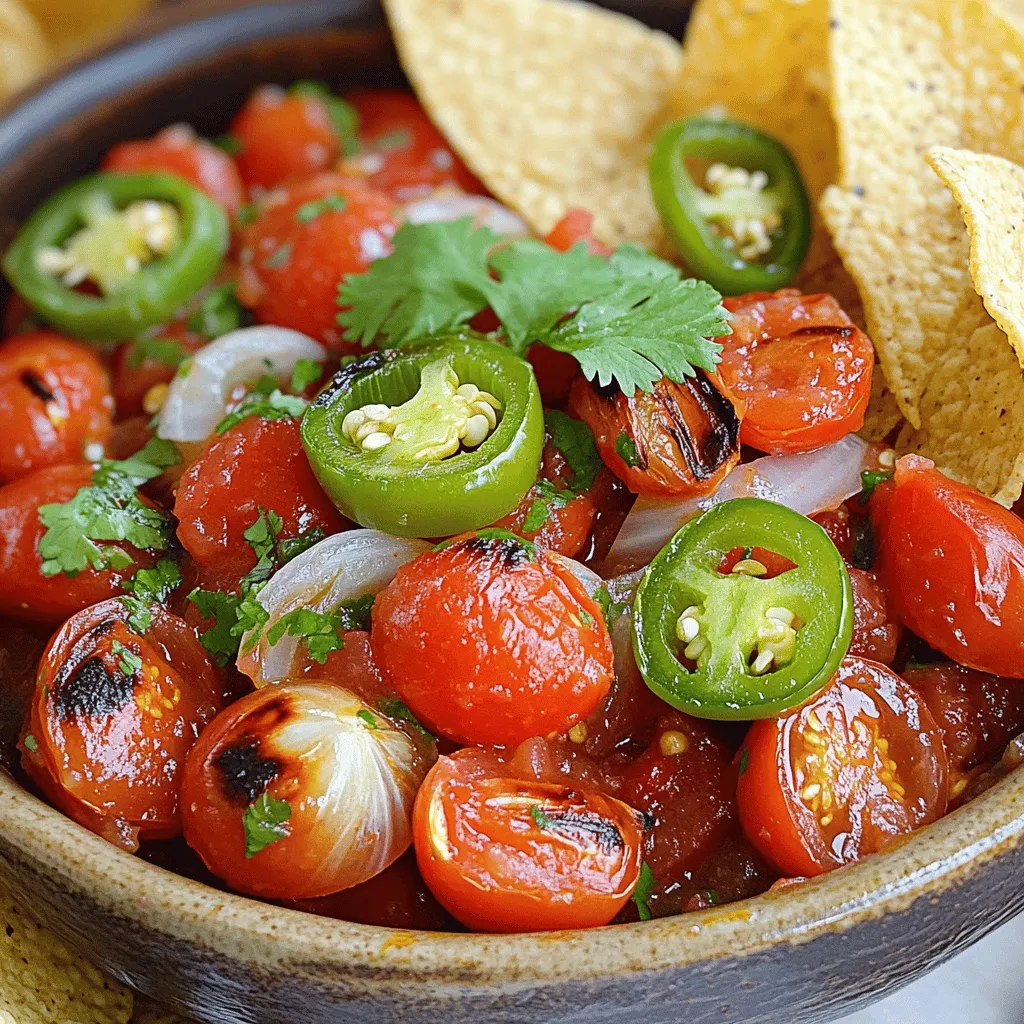
Fire Roasted Salsa Flavorful and Simple Recipe Guide
If you crave a burst of flavor in your meals, I’ve got the perfect solution: fire-roasted salsa. In this guide, I’ll walk you through a

Roasted Tomato Salsa Recipe Flavorful and Fresh Dip
Are you ready to elevate your appetizer game? My Roasted Tomato Salsa recipe combines fresh ingredients and bold flavors to create the perfect dip. With
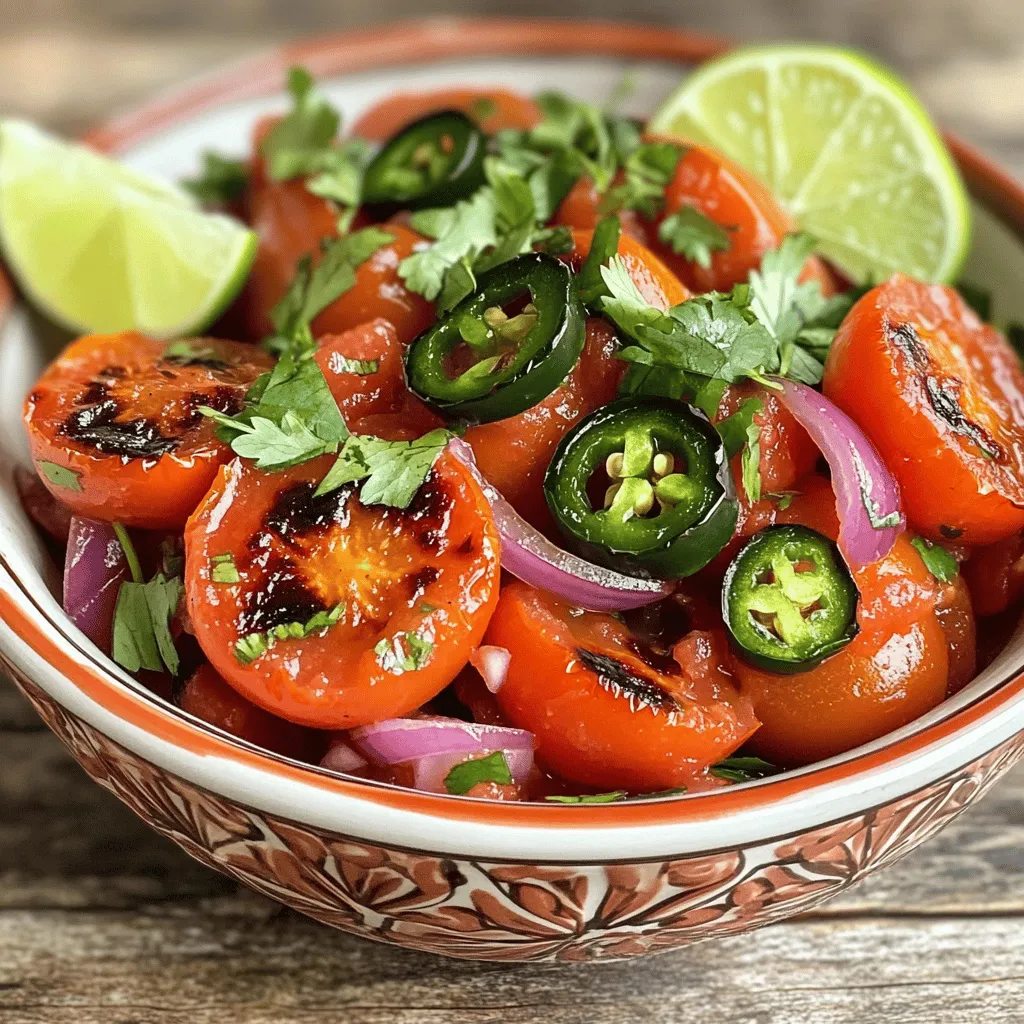
Simple Salsa Roja Recipe Fresh and Flavorful Dish
Are you ready to elevate your meals with a fresh and zesty kick? My Simple Salsa Roja recipe brings vibrant flavors to your table using
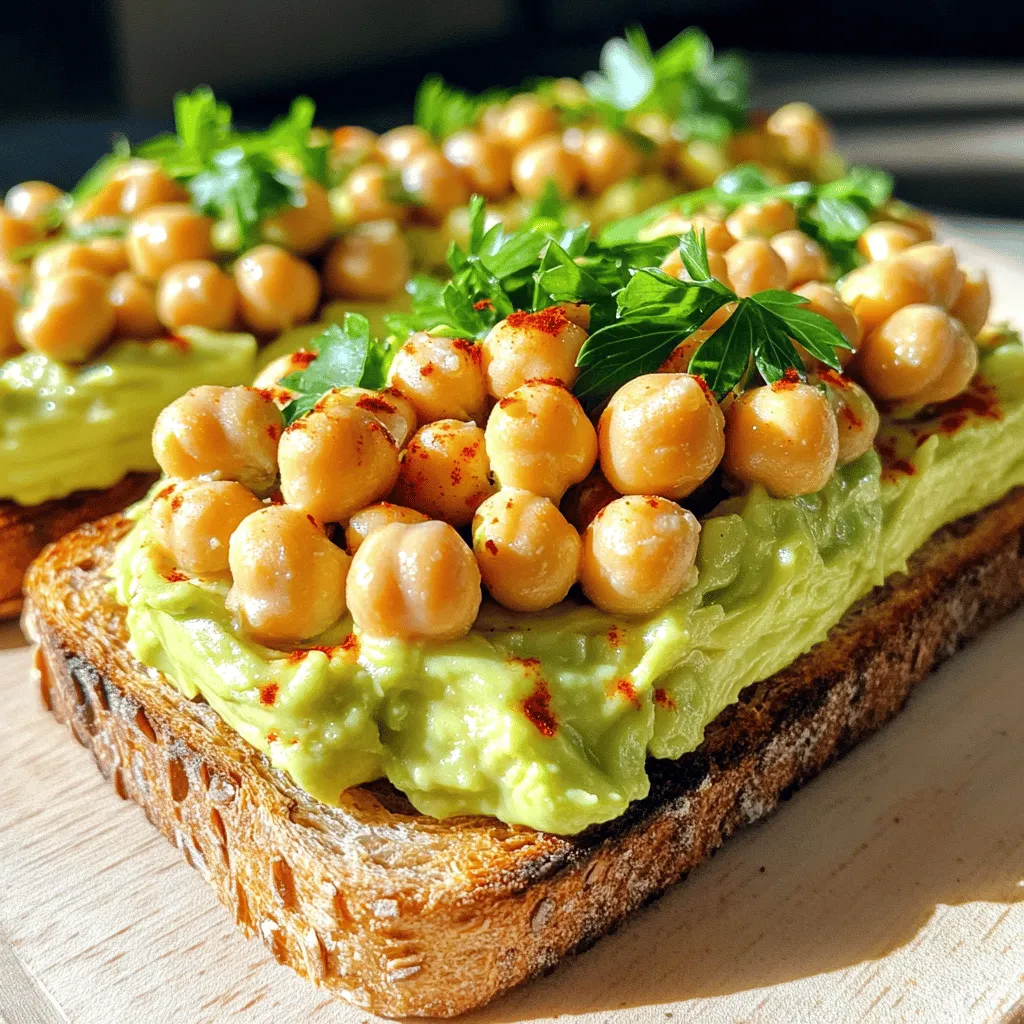
Quick 10-Minute Lunch Ideas for Busy Days
In a rush? I get it! Busy days leave little time for meals. But you can enjoy a tasty lunch in just 10 minutes. In
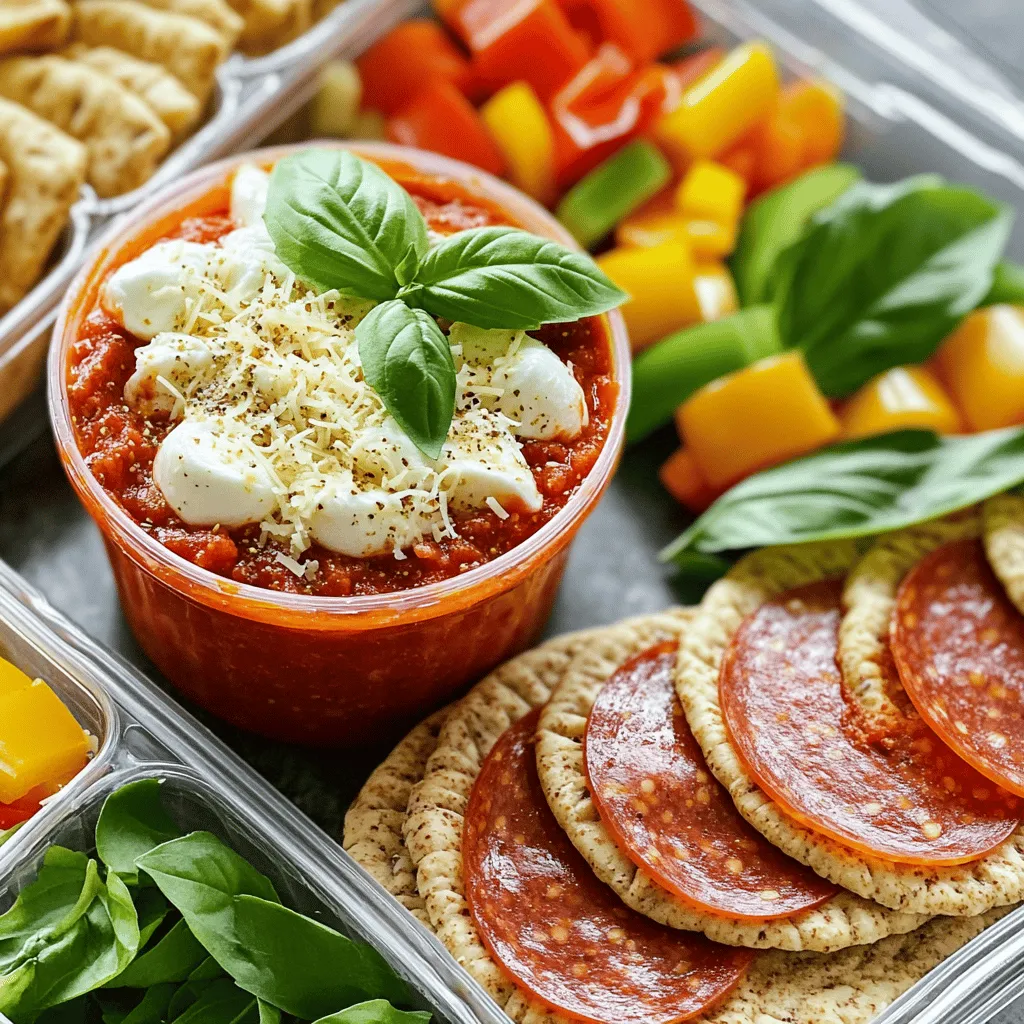
DIY Pizza Lunchables Easy and Fun Kid-Friendly Meal
Looking for a fun and easy lunch idea for your kids? DIY Pizza Lunchables are the answer! With simple ingredients like whole grain pita, marinara

Cheesy Hatch Green Chile Dip Flavorful and Simple Recipe
Get ready to spice up your snack game with my Cheesy Hatch Green Chile Dip! This creamy, flavorful dip is easy to make and perfect

DIY Pizza Crackers Tasty Snack for Any Occasion
Are you ready to take snacking to the next level? DIY Pizza Crackers are fun, easy, and perfect for any occasion! With just a few